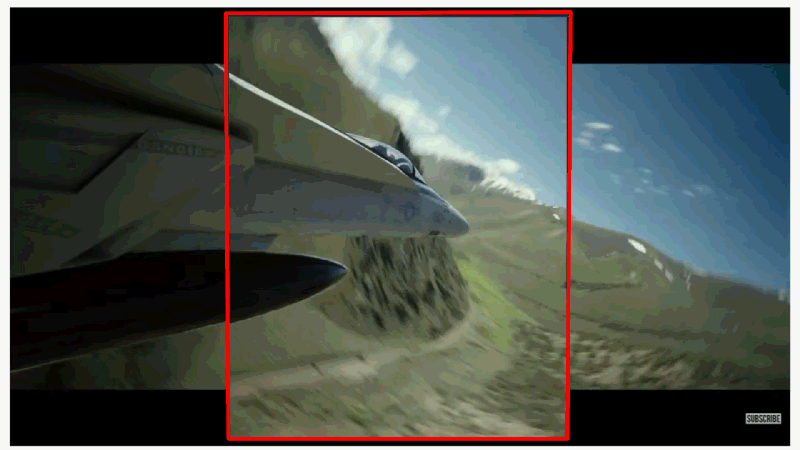Tom Cruise is supposed to be an ally. This megawealthy superstar is supposed to, at the very least, understand how movies and television are viewed and support us nerds who want everything in widescreen with a perfectly calibrated rec.709 picture and zero motion smoothing. Why has he forsaken us?
Earlier this year, Cruise released a very bizarre but very informative video about the evils of motion smoothing—which is when content plays back on a TV at a higher framerate than intended. While good for sports, motion smoothing tends to make movies and TV shows look like a cheap soap opera. Tom Cruise gets that no one should watch a movie that looks like it was shot on a cheap sound stage in 1993 and champions turning the terrible setting off on one’s TV. Yet if he understands the creator’s intent so well why the hell is the latest trailer for his next big “Tom Cruise gets paid to do extreme stuff” movie a vertical video.
Honestly what the fuck Tom Cruise?
Another trailer for Top Gun has been released today and it premiered on Twitter as a vertical video with an aspect ratio of roughly 2:3. The film, according to IMDB, was shot at a much wider 2.39:1 aspect ratio. The 2.39:1 aspect ratio is the cinema standard currently for widescreen films.
It allows viewers to process a lot more information and can quickly give a sense of scope to even the smallest film. Watching the trailer in its original aspect ratio it appears that the director and cinematographer are using that widescreen format with a clear purpose.
They want to give scope to the film and make dog fights between Tom Cruise and pilots half his age seem as immersive as they are fantastical. But the Twitter trailer kind of fucks that up. Navy porn shots like Tom Cruise gently stroking a jet are cut off at the wings and images of pilots surrounding by sky—seemingly small and fragile-looking in their cockpits are just close up pics of men and women in helmets grimacing. Big majestic shots like this—showing the scope of a single man versus the engines of war that he regularly engages with:
End up looking like this in the trailer.
There is no one, apart from the marketing team managing this campaign, that wants to see that!
Gizmodo’s Social Media Editor, Emily Lipstein, suggested to me that the video might be repurposed from Snapchat or Instagram stories, where vertical video is required. But she was confused when I pointed out it was the entire trailer and not just a few quick clips you expect in a Snapchat or Instagram story. “It makes no sense to me,” she said about the cramped format and noted that you can do a 2.39:1 video just fine on Twitter.
More likely this is just Top Gun: Maverick’s marketing team trying to appeal to a generation of Twitter users it thinks are less inclined to flip their phones for content. In 2017 social media marketing agency Buffer performed a quick study that suggests vertical videos are viewed as much as 30 to 35-percent more than 16:9 videos. In 2018 Youtube began natively supporting vertical videos too.
Here in 2019, the vertical video trend started seeing support from more traditional companies in the business of making and displaying videos. Samsung built a TV that can flip to operate in portrait mode, and Canon released a camera that can natively shoot in vertical mode. And the upcoming streaming service Quibi is planning to use its huge war chest to produce content that’s natively in the vertical format.
Vertical video exists because we, collectively, stopped rotating our phones to watch and shoot videos. It’s a product of our laziness and its popularity is supported primarily by those happy to suffer the trend for a few more clicks. But it’s not how most content is intended to be viewed—its the mobile version of motion smoothing. Chopping the wings off a few planes to cram an ultrawide video into an ultra-tall format is some ugly bullshit, and an auteur like Tom Cruise should be better t


